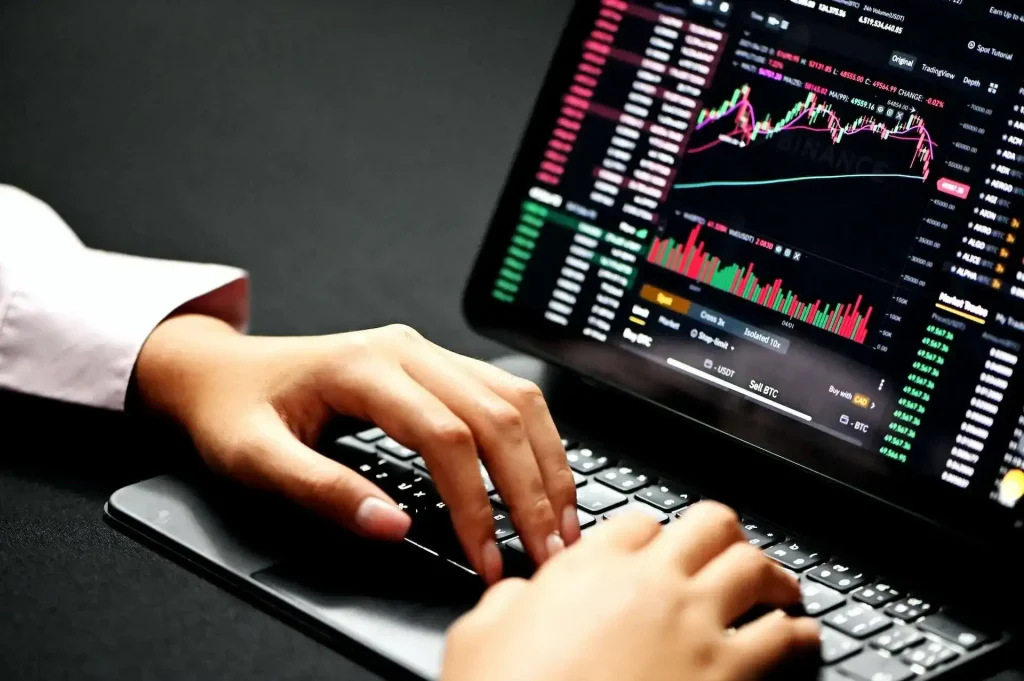Introduction
The foreign exchange market is a complex ecosystem where knowledge and practical experience play crucial roles in determining success. Many traders in Malaysia question whether studying FX trading is truly worthwhile, especially when faced with initial losses despite extensive learning efforts. Let’s explore this topic comprehensively to understand the real value of FX education and how to approach it effectively.

Understanding the FX Learning Debate
The question “Is FX trading education meaningless?” often arises among Malaysian traders who experience difficulties despite their educational efforts. The trading landscape in Malaysia has evolved significantly, with numerous resources available through books, online courses, and trading seminars. Success in the forex market requires a balanced approach between theoretical knowledge and practical application. Many traders focus exclusively on acquiring knowledge without implementing it effectively in real-world scenarios. The Malaysian forex market presents unique challenges that require specific understanding and adaptation. Understanding local market dynamics and global influences becomes crucial for success. Regional economic factors often impact currency pair movements in distinctive ways.
Common Ineffective Learning Approaches
Passive Learning Methods:
- Collecting trading books without practical application
- Watching trading videos without taking notes
- Following multiple trading systems simultaneously
- Neglecting market analysis practice
- Avoiding real trading experience
- Relying solely on automated systems
- Ignoring risk management principles
Demo Trading Pitfalls:
• Extended demo trading without transitioning to live accounts
• Unrealistic position sizing in demo accounts
• Lack of emotional management practice
• Ignoring market news impact
• Missing real-market volatility experience
• Absence of risk consideration
• Poor documentation of trading results
| Learning Method | Effectiveness | Risk Level | Skill Development |
| Book Study Only | Low | None | Limited |
| Demo Trading | Medium | None | Moderate |
| Mentored Trading | High | Low | Comprehensive |
| Live Trading | Very High | High | Maximum |
Effective FX Education Strategies
Successful FX trading education in Malaysia requires a structured approach:
Technical Analysis Fundamentals:
- Chart pattern recognition
- Trend analysis techniques
- Support and resistance levels
- Technical indicators usage
- Price action understanding
- Timeframe analysis
- Entry/exit strategies
Risk Management Principles:
- Position sizing calculations
- Stop-loss placement
- Risk-reward ratios
- Account management
- Drawdown limitations
- Leverage understanding
- Portfolio diversification
| Week | Focus Area | Practice Hours | Evaluation Method |
| 1-2 | Basics | 10-15 | Quiz |
| 3-4 | Technical | 15-20 | Demo Trading |
| 5-6 | Risk Mgmt | 10-15 | Calculations |
| 7-8 | Live Trading | 20-25 | Performance Review |
Practical Implementation Guide
The journey from studying FX trading to successful implementation involves:- Market Analysis Skills:
- Fundamental analysis techniques
- Economic calendar utilization
- News impact assessment
- Correlation understanding
- Market sentiment analysis
- Volume interpretation
- Pattern recognition practice
FAQ Section
How long does it take to become proficient in FX trading?
Typically, it takes 6-12 months of dedicated study and practice to develop basic proficiency.
Is demo trading necessary before live trading?
Yes, but limit it to 1-2 months to avoid developing unrealistic trading habits.
What is the minimum capital needed to start FX trading in Malaysia?
While you can start with as little as $100, it’s recommended to begin with at least $1,000.
How important is risk management in FX trading?
It’s crucial – proper risk management often determines long-term survival in the market.
Can I learn FX trading while working full-time?
Yes, many successful traders started learning while working full-time, dedicating 1-2 hours daily.


